Best PHP Login Systems to Buy in December 2025
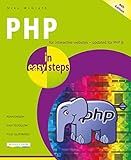
PHP in easy steps: Updated for PHP 8



PHP & MySQL in easy steps: Covers MySQL 8.0



PHP Cookbook: Solutions and Examples for PHP Programmers



CouchDB and PHP Web Development Beginner s Guide


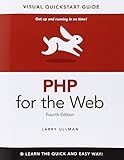
PHP for the Web: Visual QuickStart Guide


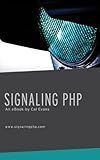
Signaling PHP: Catching Signals in PHP CLI Scripts



PHP for the Web: Visual QuickStart Guide


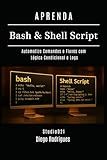
APRENDA Bash & Shell Script: Automatize Comandos e Fluxos com Lógica Condicional e Logs (Infraestrutura & Automação Brasil) (Portuguese Edition)


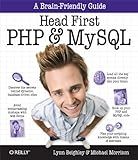
Head First PHP & MySQL: A Brain-Friendly Guide


To add login and logout functionality in PHP, you first need to create a login form where users can enter their credentials (like username and password). Once the user submits the form, you need to validate the input against the database to check if the credentials are correct.
If the credentials are correct, you can create a session variable to store the user's information and redirect them to the protected area of your website. If the credentials are incorrect, you can show an error message to the user.
To add logout functionality, you can create a logout button or link that, when clicked, will destroy the session and redirect the user to the login page.
It's important to secure your login system by using proper validation and escaping techniques to prevent SQL injection and other security vulnerabilities. Additionally, you may want to consider implementing features like password hashing and salt to further protect user passwords.
How to create a login page with Google reCaptcha in PHP?
To create a login page with Google reCaptcha in PHP, follow these steps:
- Register your site with reCaptcha and get your site key and secret key. Visit the Google reCaptcha website (https://www.google.com/recaptcha) to do this.
- Create a form for the login page in PHP. This form should include fields for the user to enter their username and password, as well as the reCaptcha widget.
- Include the reCaptcha script in your page. Add the following script tag to the section of your HTML page:
- In your PHP login processing script, verify the reCaptcha response using the secret key.
$recaptcha_secret = "YOUR_SECRET_KEY"; $recaptcha_response = $_POST['g-recaptcha-response'];
$response = file_get_contents("https://www.google.com/recaptcha/api/siteverify?secret=$recaptcha_secret&response=$recaptcha_response"); $responseKeys = json_decode($response, true);
if (intval($responseKeys["success"]) !== 1) { // reCaptcha verification failed // handle the error } else { // reCaptcha verification passed // process login }
- Complete the login processing logic as needed and handle the case where the reCaptcha verification fails.
That's it! You've now created a login page with Google reCaptcha in PHP.
What is brute force attacks and how to defend against them in PHP login systems?
A brute force attack is a type of cyber attack where an attacker tries to guess a user's password or encryption key by trying all possible combinations until the correct one is found. In the context of a PHP login system, a brute force attack typically involves an attacker repeatedly trying to login with different username/password combinations until they gain access to an account.
To defend against brute force attacks in PHP login systems, here are some best practices:
- Implement account lockout mechanisms: After a certain number of failed login attempts (e.g., 3-5 attempts), temporarily lock the user's account to prevent further login attempts. This can help protect against brute force attacks as the attacker will be limited in the number of attempts they can make.
- Use Captcha or reCAPTCHA: Implement Captcha or reCAPTCHA on the login page to verify that the login attempts are being made by a human and not a bot. This can help prevent automated brute force attacks.
- Implement rate limiting: Limit the number of login attempts a user can make within a certain time period (e.g., one attempt per second). This can help slow down potential brute force attacks and make them less effective.
- Use strong passwords: Encourage users to use strong and complex passwords that are difficult to guess. You can also enforce password policies such as minimum length and requirement for special characters.
- Monitor login attempts: Keep track of failed login attempts and suspicious activity in your system logs. This can help you identify and respond to potential brute force attacks in a timely manner.
By implementing these security measures, you can help defend against brute force attacks in PHP login systems and protect your users' accounts from unauthorized access.
What is the significance of session management in PHP login systems?
Session management plays a crucial role in PHP login systems because it is responsible for maintaining the user's authentication status throughout their interaction with the website.
With session management, once a user logs in, a unique session ID is generated and stored on the server and a cookie containing this session ID is sent to the user's browser. This session ID is used to identify the user and grant access to protected resources without the need for re-authentication on each page.
Without proper session management, users would have to log in again every time they navigate to a new page or perform any action on the website. This not only creates a poor user experience but also exposes potential security risks as users may inadvertently share their login credentials or forget to log out, leaving their accounts vulnerable to unauthorized access.
Therefore, by properly implementing session management in PHP login systems, developers can ensure secure and seamless user authentication and authorization, protect user data, and enhance the overall user experience on their websites.
